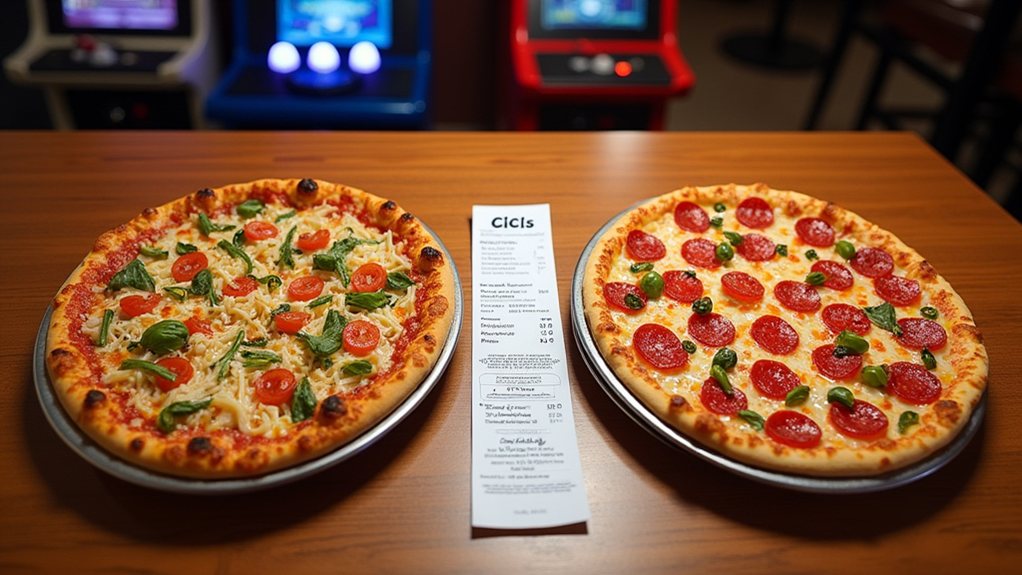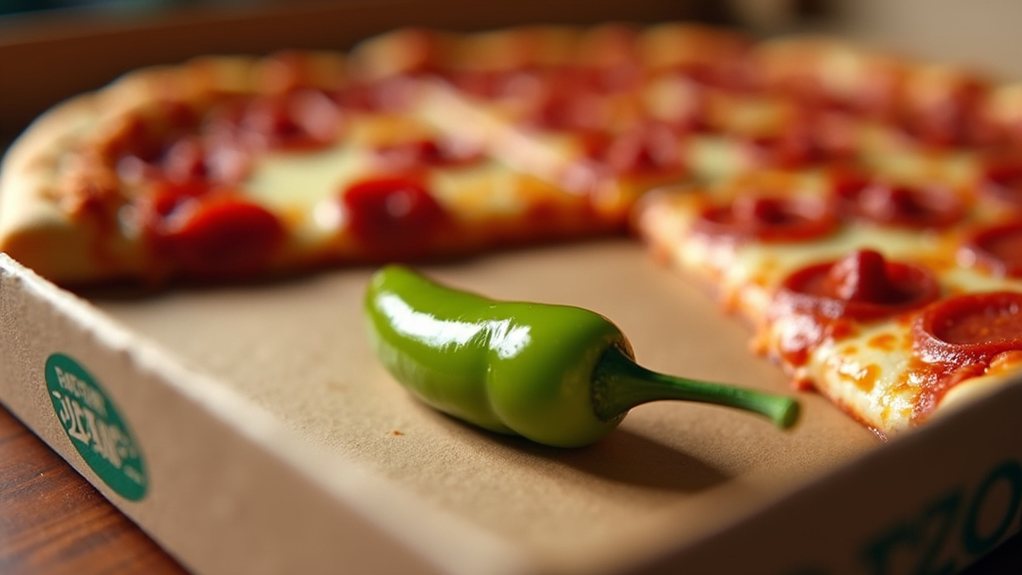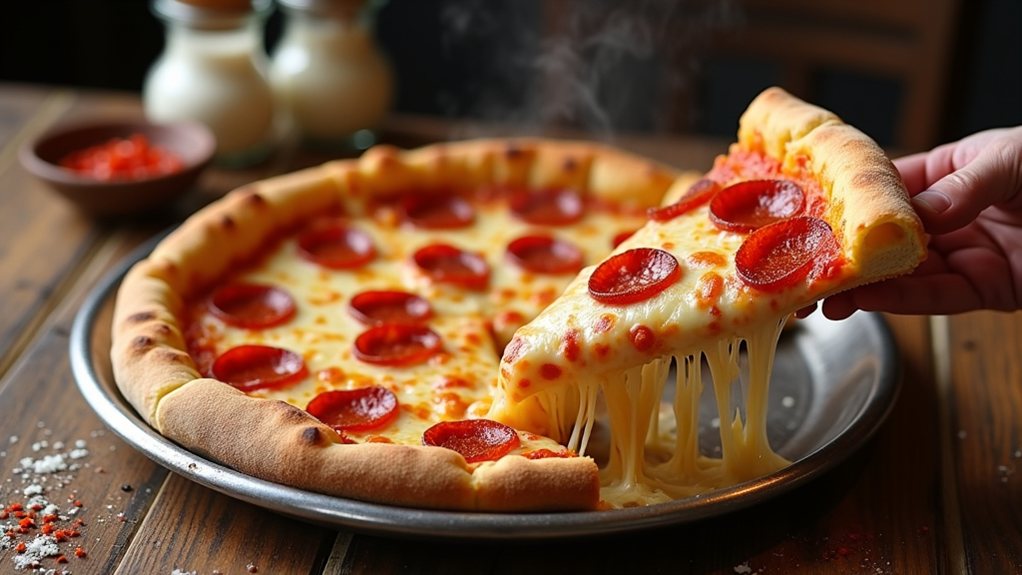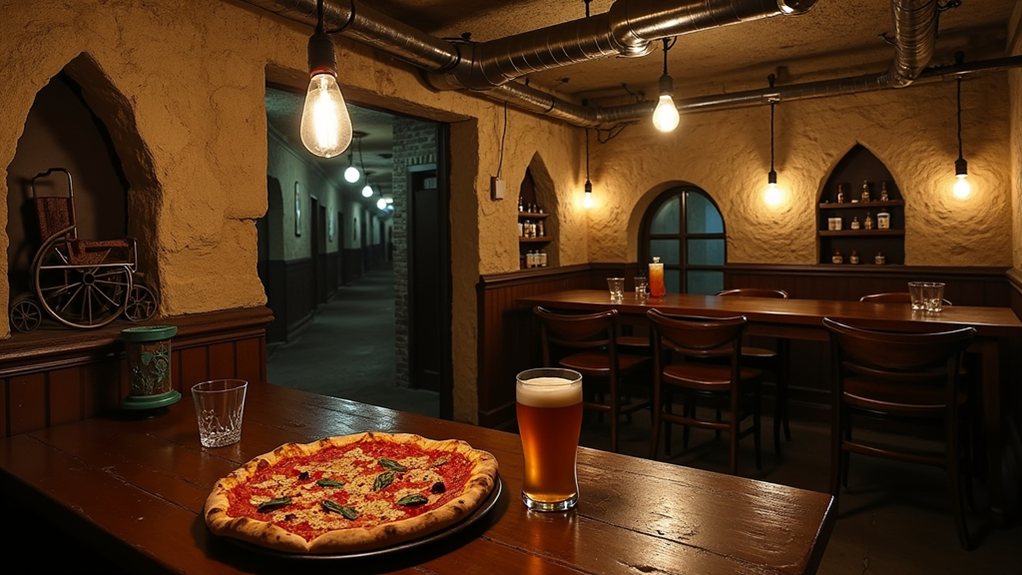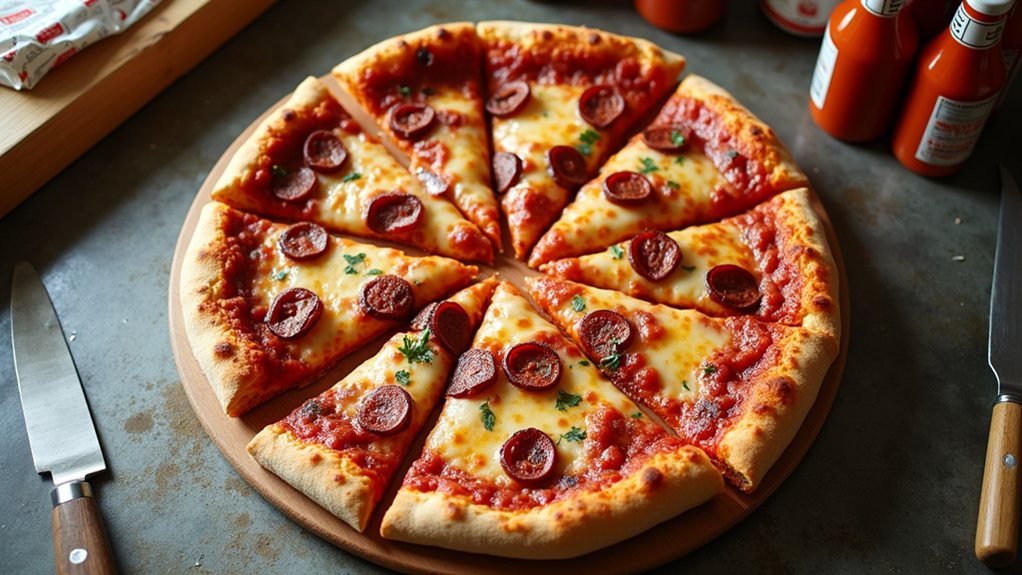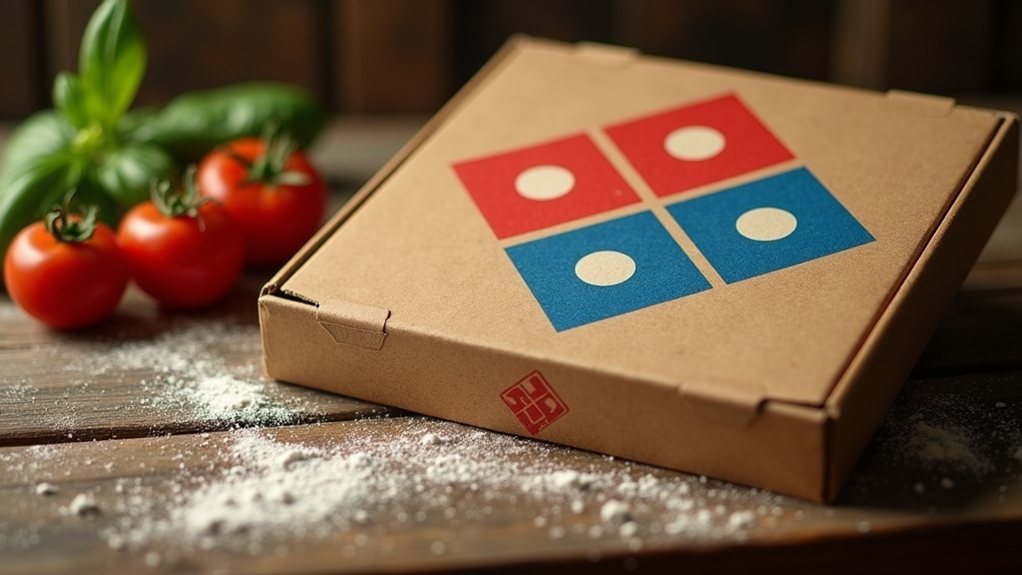Pizza buffet price wars continue to heat up across America’s competitive casual dining landscape, with budget-conscious families debating the true value leaders. Cicis promotes itself as the affordable option with prices starting around $6.99 in some locations, while Stevie B’s counters with family-friendly amenities that might justify their less transparent pricing structure. TJ’s Pizza Buffet has entered the fray with straightforward pricing at $6.99 for adults. The question remains: which chain delivers the most pizza for your dollar?
The Price-Value Equation of Pizza Buffets
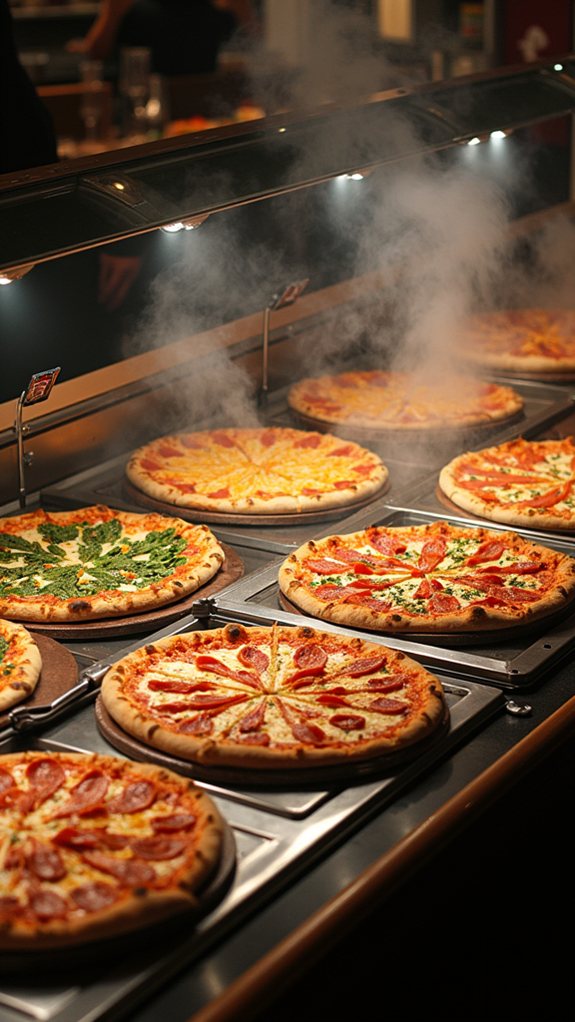
Where can budget-conscious families find the best dining value in today’s competitive restaurant landscape? Pizza buffets have emerged as popular destinations for those seeking variety without breaking the bank, offering an array of pizzas, salads, pastas, and desserts under one roof.
The battle for customer loyalty has intensified as chains like Cicis, Stevie B’s, and TJ’s Pizza Buffet compete through strategic pricing and unique dining experiences.
Comparing the price points reveals interesting patterns across the pizza buffet landscape. TJ’s Pizza Buffet offers a straightforward deal at $6.99 per meal, with children under 12 eating for just $3.99 and kids under 3 dining for free. This transparent pricing model contrasts with Cicis, which doesn’t publicly list standardized prices, instead varying rates by location due to regional cost differences.
While specific pricing for Stevie B’s remains elusive in available market data, the chain positions itself within the competitive buffet ecosystem through its family-focused amenities.
The value equation extends beyond mere price tags, encompassing the complete dining experience. Many establishments improve their appeal through game zones and arcades, creating entertainment value that particularly resonates with families. This pricing strategy significantly differs from Golden Corral’s structure, where adults pay $16.99 for dinner and receive substantial variety beyond pizza offerings.
This strategy helps buffets like Cicis and TJ’s differentiate themselves in a crowded market, where non-pizza buffet giants like Golden Corral also vie for consumer attention.
Consumer preferences continue to evolve, with growing demand for both variety and healthier options appearing alongside traditional buffet fare. TJ’s Pizza Buffet stands out with its extensive salad bar that features fresh vegetables and numerous dressing options for health-conscious diners. Pizza buffets have responded by expanding their offerings while maintaining the affordability that makes them attractive during economic uncertainty.
The operational challenge lies in balancing food quality with cost management, ensuring consistent experiences across all locations.
For the freedom-loving diner seeking maximum value, the pizza buffet wars offer an interesting case study in competitive pricing. While Cicis may have broader name recognition, the true price champion varies by location, making local research worthwhile before deciding where to satisfy your unlimited pizza cravings.
